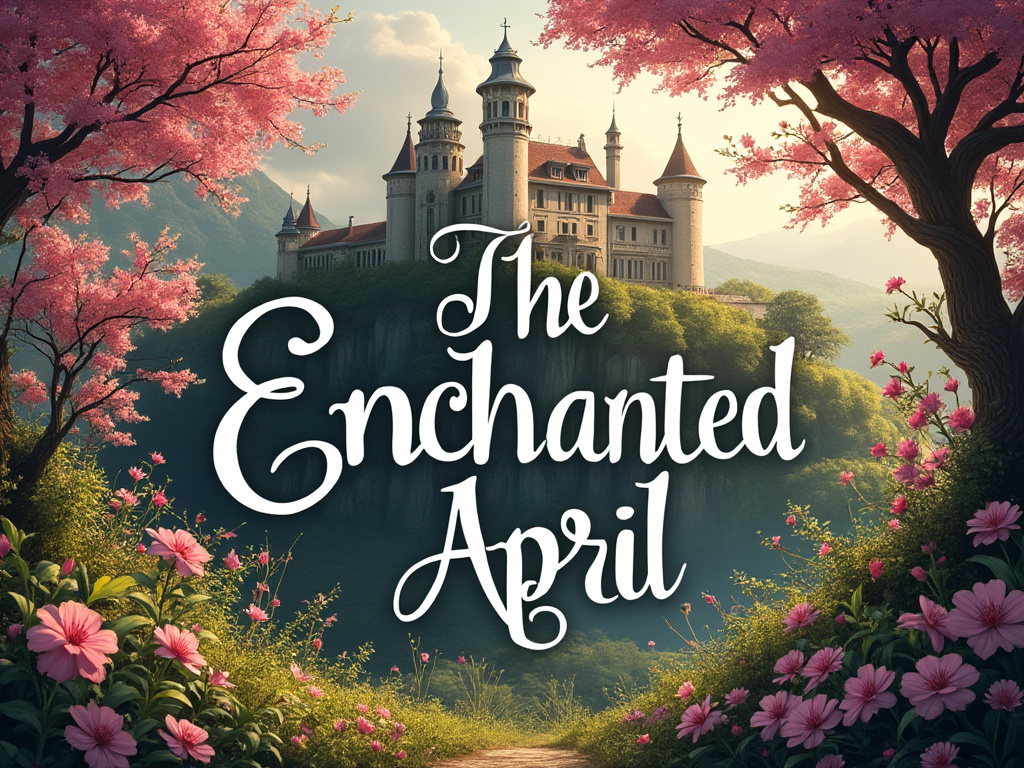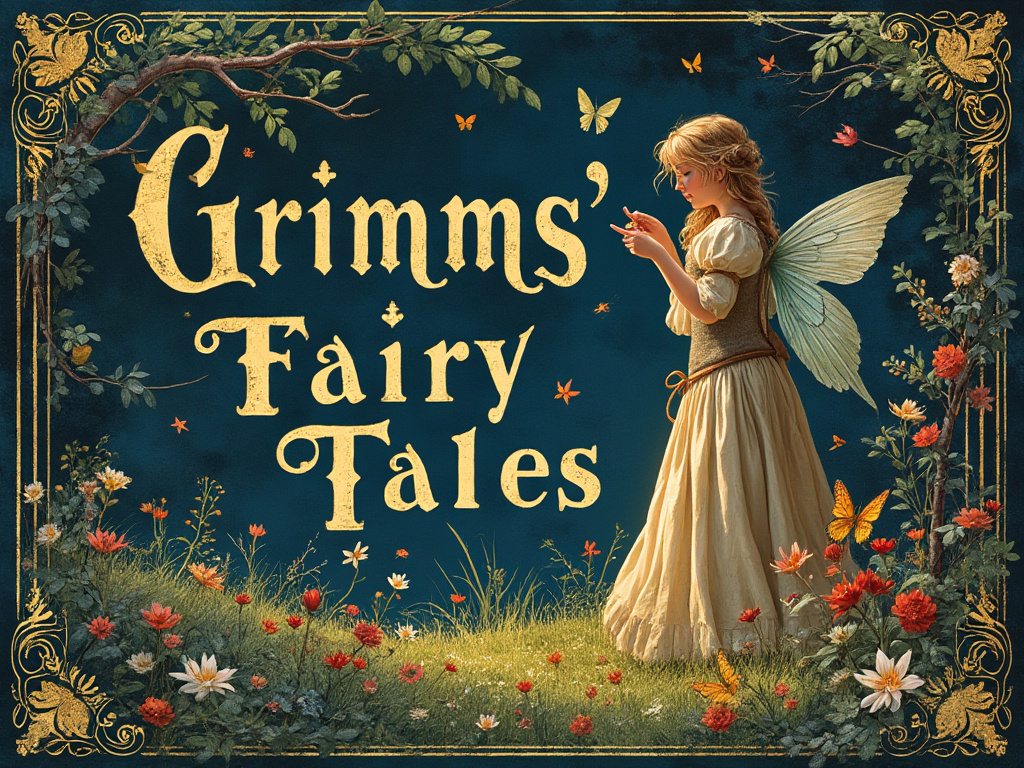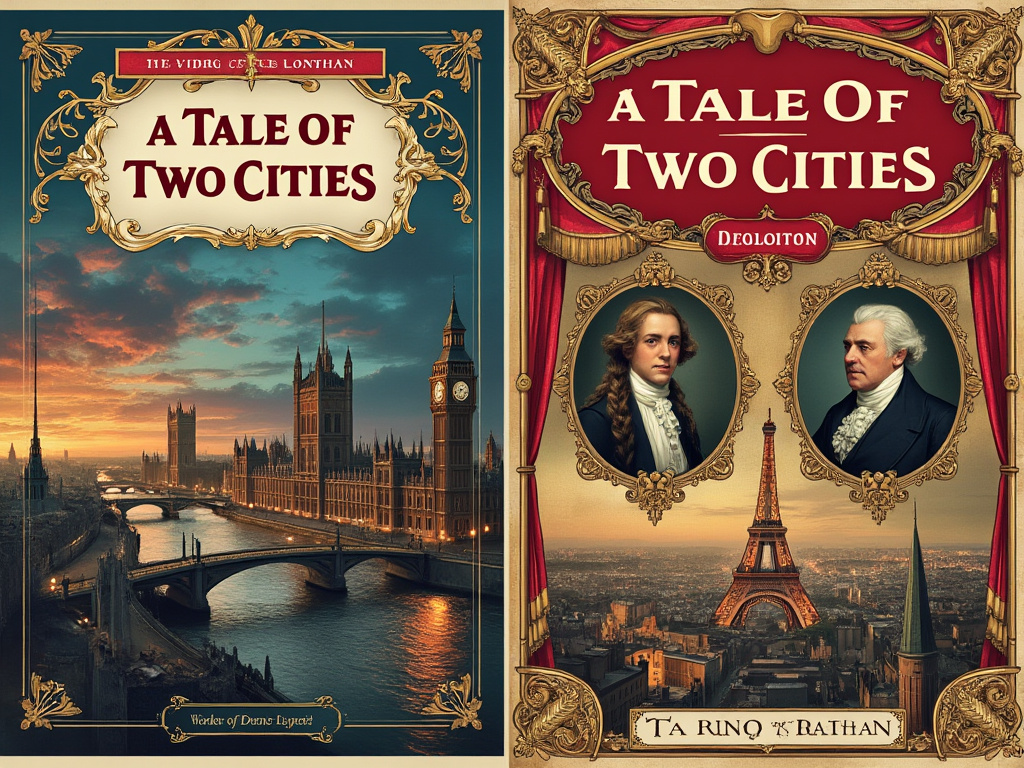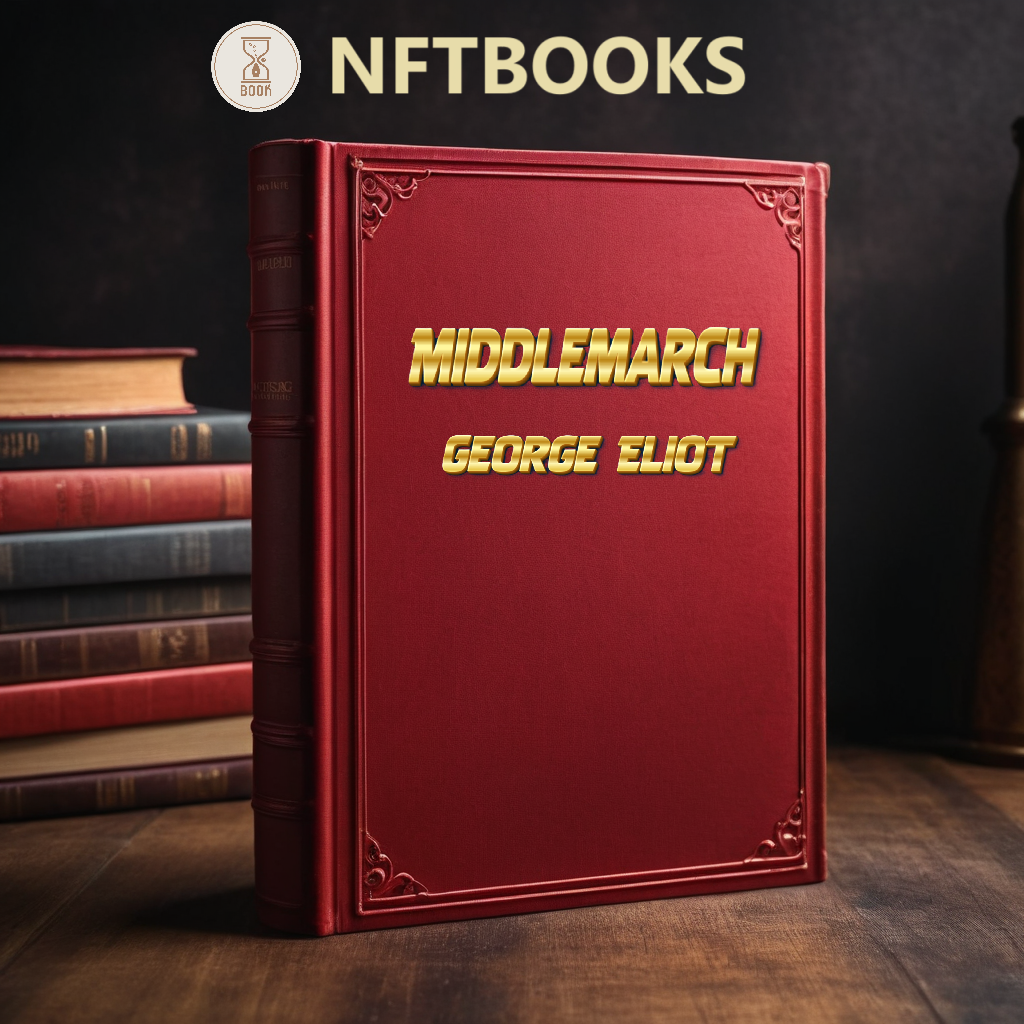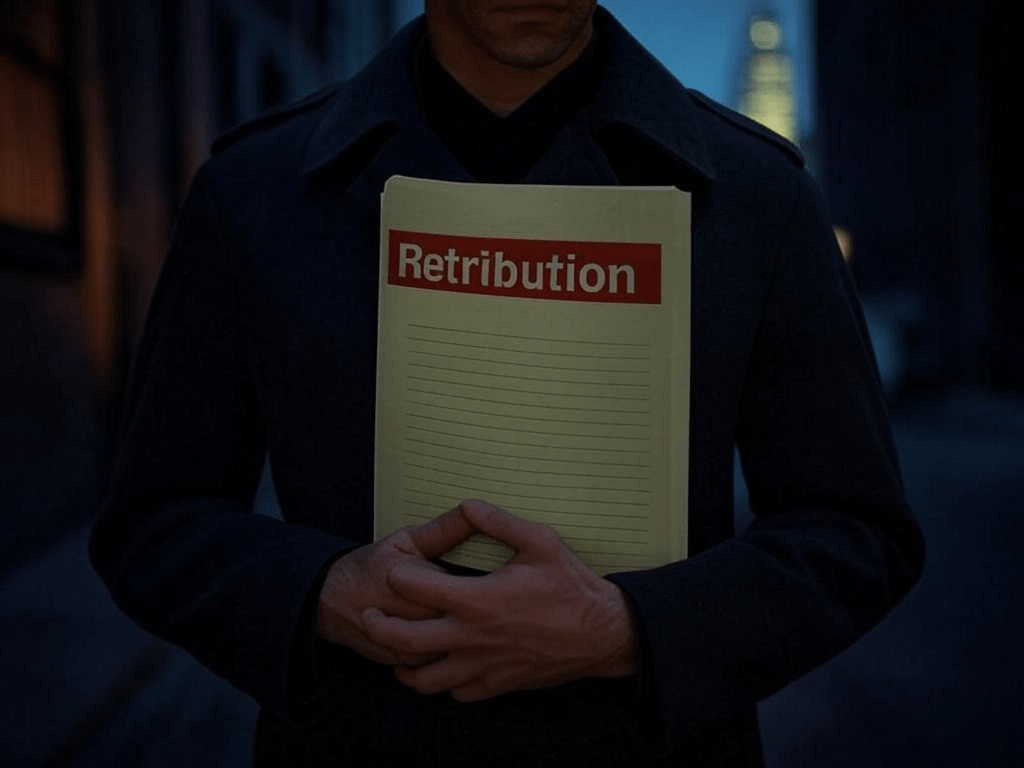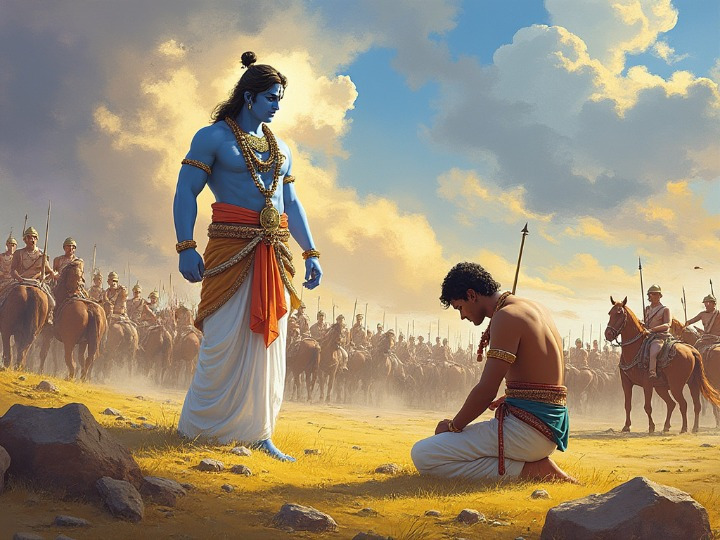F. Scott Fitzgerald’s The Great Gatsby is often heralded as one of the greatest works of American literature. This iconic novel captures the essence of the Roaring Twenties, a decade defined by opulence, excess, and a sharp contrast between the American dream and its harsh reality. In “The Great Gatsby,” Fitzgerald delves into themes of decadence, idealism, resistance to change, social upheaval, and excess, creating a timeless critique of the American Dream.
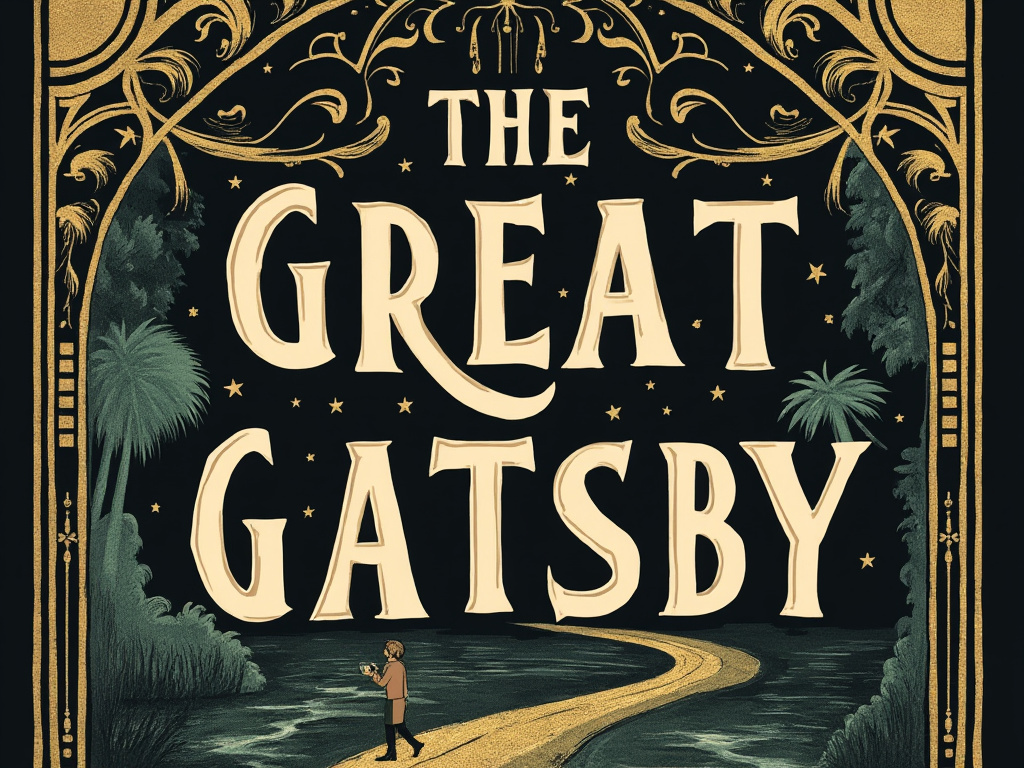
Jay Gatsby and the American Dream
“The Great Gatsby” follows the life of Jay Gatsby, a mysterious millionaire known for his lavish parties in West Egg, Long Island. Narrated by Nick Carraway, a Yale graduate and World War I veteran who moves to West Egg to learn about the bond business, the novel intricately weaves a tale of obsession, love, and tragedy. Gatsby’s unrequited love for Daisy Buchanan, Nick’s cousin, serves as the novel’s central plot. Fitzgerald’s portrayal of Gatsby is both compelling and tragic. Jay Gatsby, born James Gatz, reinvented himself to escape his impoverished roots and win Daisy’s heart. His lavish lifestyle and grand parties are all a façade to attract Daisy, who is married to the wealthy but unfaithful Tom Buchanan. The great gatsby novel meticulously explores Gatsby’s relentless pursuit of an unattainable dream, highlighting the corruption of the American Dream.
The novel’s setting plays a crucial role in its narrative. The opulent West Egg, where new money resides, contrasts starkly with the more conservative East Egg, home to old money. This geographical divide reflects the social divide of the era. Fitzgerald uses these settings to emphasize the superficial nature of the society in which Gatsby tries to establish himself. “The Great Gatsby” also provides a poignant critique of the American upper class. Through characters like Tom and Daisy Buchanan, Fitzgerald exposes the moral decay lurking beneath their glamorous exteriors. Daisy, whom Gatsby idealizes, is ultimately portrayed as shallow and careless, symbolizing the failure of the American Dream. Tom, with his blatant racism and infidelity, represents the hypocrisy of the aristocracy. Their actions and attitudes highlight the emptiness of their lives, despite their wealth and status.
Symbolism and Tragic Elements
One of the novel’s greatest strengths lies in Fitzgerald’s masterful use of symbolism. For example, the green light at the end of Daisy’s dock symbolizes Gatsby’s hopes and dreams for the future. It represents his longing as well as the unattainable nature of his ideal. Additionally, the eyes of Doctor T.J. Eckleburg, a faded advertisement on a billboard, symbolize the moral and spiritual decay of society. They also represent an ever-watchful, judgmental force.
Reading The Great Gatsby online offers a unique opportunity to explore Fitzgerald’s exquisite prose and complex characters. His writing is rich with vivid imagery and poetic language, which capture the essence of the Jazz Age. Fitzgerald’s unparalleled ability to create a sense of place and time immerses the reader in the opulence and excess of the 1920s.
The tragic elements of The Great Gatsby make it an even more compelling read. Gatsby’s fate, driven by his obsession with recapturing the past, serves as a stark reminder of the dangers of idealism. His death, alone and unrecognized by the society he sought to impress, emphasizes the novel’s critique of the American Dream. The Great Gatsby reveals the hollowness of a dream built on deception, highlighting the harsh reality of unfulfilled desires. Fitzgerald’s characters are complex and multi-dimensional, making them both relatable and detestable.
Nick Carraway, the novel’s narrator, provides a lens through which we view the other characters. His ambivalence and evolving perspective on Gatsby and the Buchanans add depth to the narrative. Furthermore, Nick’s final reflection on Gatsby’s life and the American Dream leaves readers with much to ponder about their own pursuits and values.
For those who read The Great Gatsby, it offers a journey into the heart of human ambition and folly. Fitzgerald’s timeless exploration of love, loss, and the pursuit of happiness continues to resonate with readers today. The novel’s relevance and impact have only grown over time, making it a must-read for anyone interested in understanding the complexities of the American Dream.
You might be interested in reading this War and Peace by Leo Tolstoy as well.
Final Thought
“The Great Gatsby” by F. Scott Fitzgerald is more than just a novel; it is a masterpiece that offers a deep and critical look at the American Dream and the societal norms of the 1920s. The great gatsby’s online book availability ensures that new generations of readers can continue to explore its rich themes and complex characters. Its timeless message and captivating narrative make it an essential read for anyone interested in literature and the human condition.
You might be interested in reading this War and Peace by Leo Tolstoy as well.
More Book Reviews on NFTBOOKS platform is HERE.


